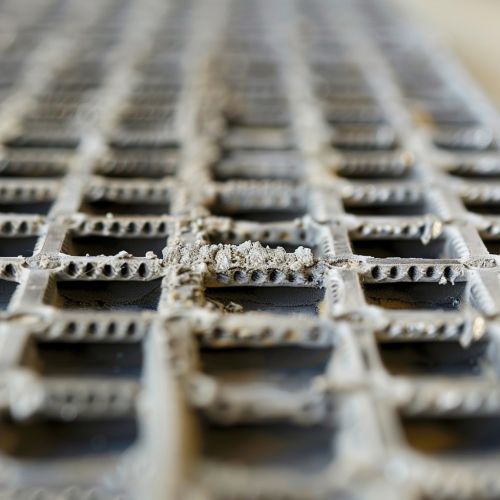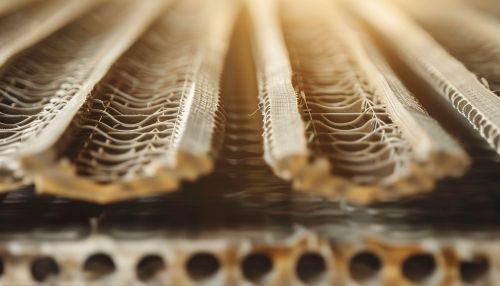Structural composites
Introduction
Structural composites are a class of materials that combine two or more distinct components with different physical or chemical properties to produce a material with characteristics different from the individual components. The individual components remain separate and distinct within the finished structure, differentiating composites from mixtures and solid solutions.
Composition of Structural Composites
Structural composites typically consist of two major components: a matrix and a reinforcement. The matrix material surrounds and supports the reinforcement materials by maintaining their relative positions. The reinforcements impart their special mechanical and physical properties to enhance the matrix properties.
Matrix
The matrix binds the fibers, particulates, or reinforcements together, maintaining the shape and alignment of these inclusions. The matrix can be a polymer, metal, or ceramic, depending on the application.
Reinforcement
The reinforcement material is embedded into the matrix to improve the overall mechanical properties of the composite. Reinforcements can be continuous fibers, short fibers, or particles.
Types of Structural Composites
There are several types of structural composites, each with unique properties and applications. These include fiber-reinforced composites, laminar composites, and particulate composites.
Fiber-Reinforced Composites
Fiber-reinforced composites are a type of structural composite where the reinforcement material is in the form of fibers. The fibers can be continuous, providing anisotropic properties, or they can be short or woven, providing isotropic properties.
Laminar Composites
Laminar composites consist of two-dimensional layers or laminates stacked and bonded together. Each layer can have different properties, and the stacking sequence can be varied to achieve the desired overall properties.
Particulate Composites
Particulate composites contain a dispersion of small particles or inclusions within the matrix. The particles can improve certain properties of the matrix, such as hardness or resistance to wear.
Properties of Structural Composites
Structural composites exhibit a wide range of properties depending on their composition and structure. These properties include high strength-to-weight ratio, excellent thermal stability, and resistance to wear, corrosion, and fatigue.
Applications of Structural Composites
Due to their unique properties, structural composites find applications in various industries. These include aerospace, automotive, construction, and sports equipment, among others.


